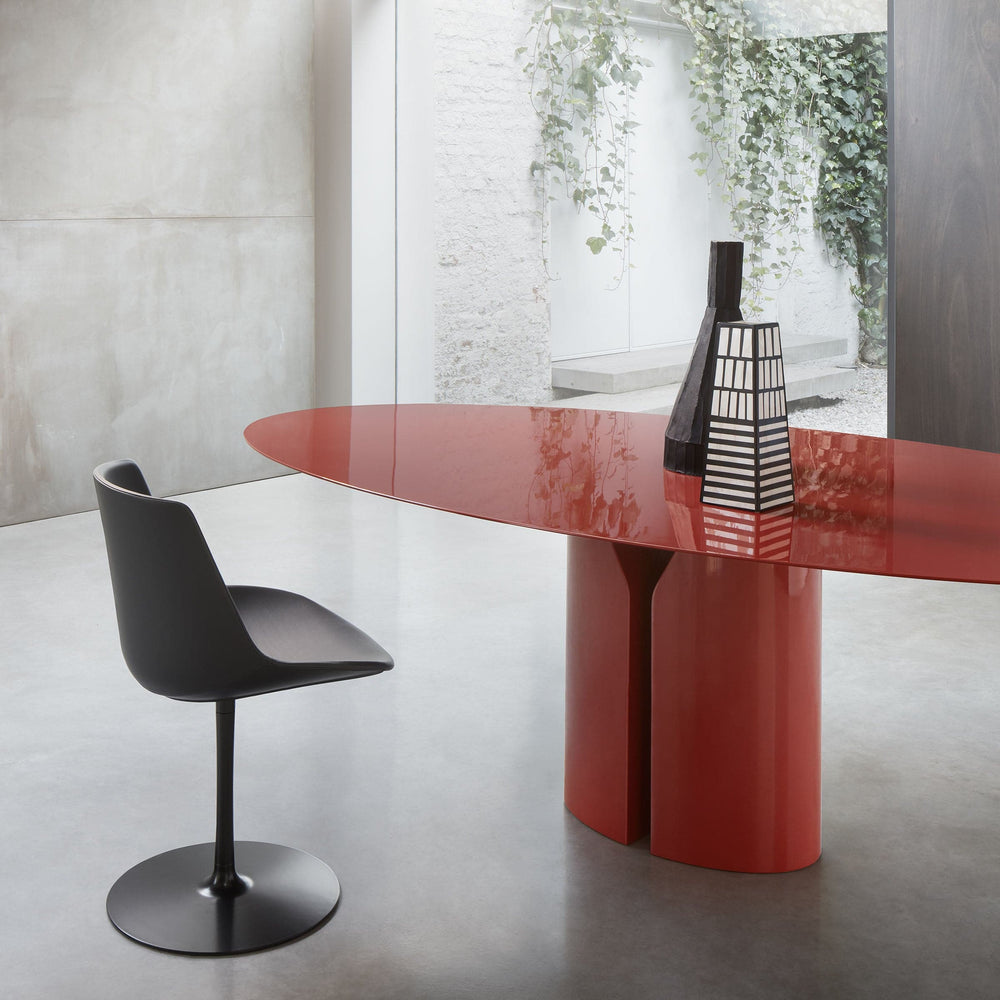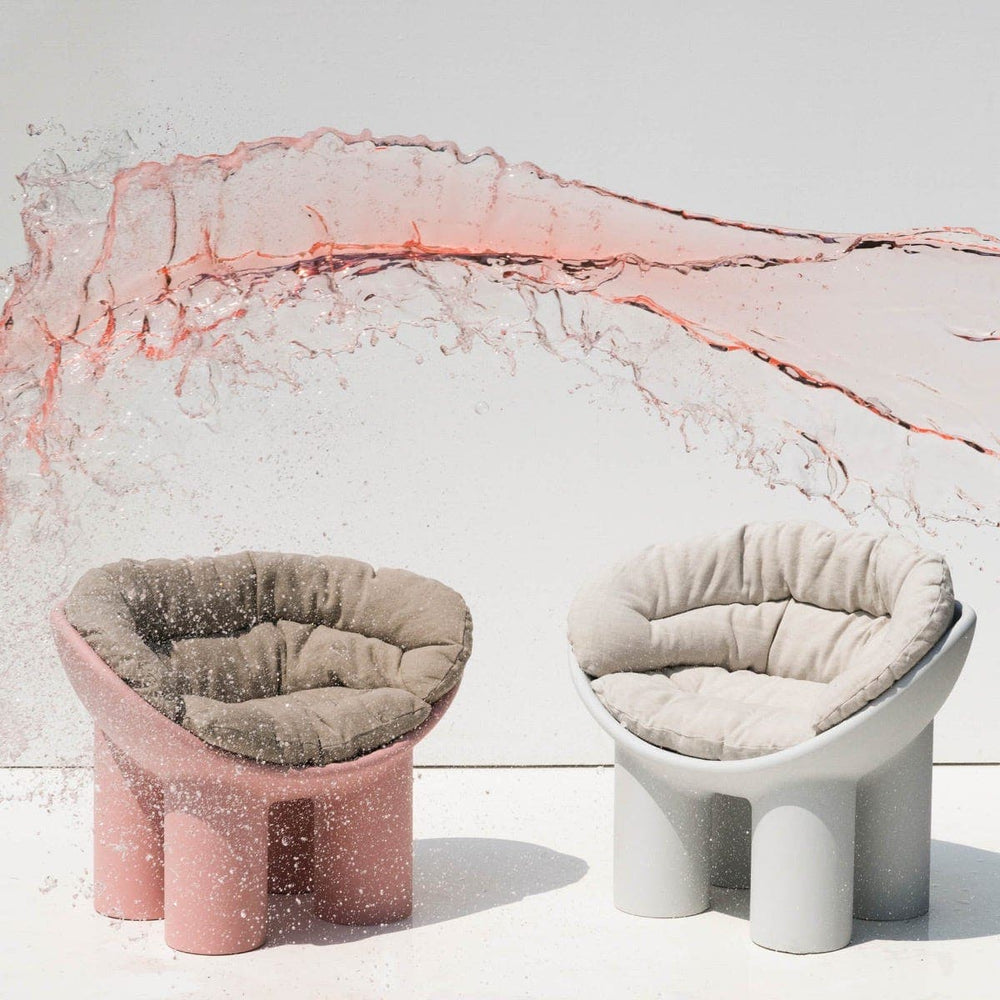Choses quotidiennes
Le MAG - 01.23

Il y a un musée très spécial à Istanbul, Le Musée de l'Innocence, qui abrite une multitude d'objets allant des bibelots aux cendriers, mégots de cigarettes aux carnets, peignes aux pinces à linge et rouges à lèvres usés ayant appartenu à Fusun. Fusun était la femme dont le lauréat turc du prix Nobel Orhan Pamuk était amoureux, et il a dédié ce musée et le roman Le Musée de l'Innocence à elle, où pour chaque objet il retrace l'histoire, en soulignant son contexte, sa date et l'occasion.

Ce ne sont pas des choses précieuses, mais des traces qui, comme des bornes kilométriques, indiquent le chemin, non pas d'un voyage, mais d'une vie quotidienne ordinaire et qui marquent le passage du temps. De nombreux écrivains ont raconté les choses de leur quotidien, à commencer par Georges Perec, qui dans son célèbre roman La Vie mode d'emploi, fournit pièce par pièce une description très détaillée, presque maniaque, allant jusqu'à s'attarder sur le nombre de pétales d'une rose posée sur une table de chevet à côté d'un lit.

Sans prétentions littéraires, j'aimerais m'attarder sur une catégorie d'objets, souvent superflus, souvent inutiles, et qui sont nombreux dans nos maisons. Ils sont appelés accessoires d'ameublement et, ces derniers temps, ont aussi connu des périodes d'oubli, évincés des meubles muraux.
Les accessoires d'ameublement, également en raison de notre isolement anti-COVID, sont de retour à la mode. On assiste à des rééditions de bureaux, armoires de bar, secrétaires, chariots, petites tables à roulettes à côté du canapé, comme le Cicognino de Franco Albini pour Cassina, vitrines, buffets, enfilades, ottomans et coussins jugés peu recommandables sur des canapés îlots linéaires avec dossiers ergonomiques.
Cassina élargit son spectre, grâce à sa collaboration avec la marque historique Ginori, et propose également une collection de tables en céramique avec des motifs graphiques de Formafantasma, réalisées par les habiles artisans de Ginori.

Et qui sait, peut-être que les armoires à couture, équipées d'espaces spéciaux pour contenir les nécessités de la broderie et de la couture, actuellement stockées en désordre dans des boîtes à biscuits, pourraient aussi faire leur retour.
Il y a déjà des signes que les designers prêtent attention à ces objets « utiles ». Pour sa grand-mère, Francesca Lanzavecchia a inventé un objet qui consistait en une sorte de canne avec une main ronde attachée à un trépied par une table trépied sur roues, qui fonctionnait comme un plateau pour porter deux cafés. Et son autre création, également avec la fonction d'une canne, équipée de trois pieds avec des roues et un récipient rond conçu pour accueillir des pelotes de laine et des aiguilles à tricoter.
















